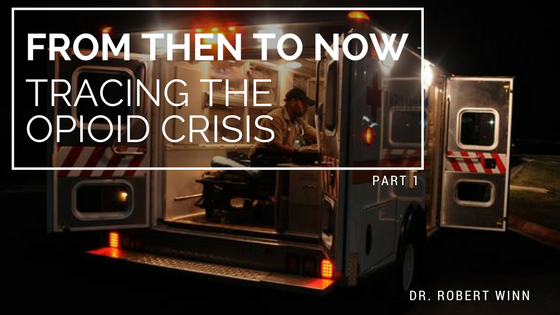We found him slumped over and unresponsive on a city corner, holding a burned-down cigarette in his hand. His heart had stopped; he wasn’t breathing. At the time, I only knew what he had told me on the phone: that he normally took percocet, but hadn’t been able afford the street price that night and decided to buy methadone instead. Impatient, he’d taken more than his usual dose as he waited for the numbness to kick in – and when it didn’t, he took more. He hadn’t realized that methadone isn’t less powerful than percocet; it only takes longer to have an effect. He called when the overdose symptoms started.
I had the duty phone that night. When I heard his voice began to slur over the line, I asked him where he was – but fearing I would call the police, he refused to tell me. Frantic, I asked my wife to call 911 on the other line and trace the call – I could hear him fading over the phone. Knowing that time was slipping away, and I lied and told him that I wouldn’t call the police. We finally agreed to meet at the corner of a city block; when he hung up, my wife and I climbed into our car and called for an ambulance. We skidded to the scene after emergency services arrived, but the EMTs told us that they hadn’t seen him. I found him a little ways away – sitting unresponsive with that burnt-out cigarette in his hand.*
He was one of the lucky ones. He spent some time in the ICU for that overdose, and did a longer stints in rehab after a few relapses, but he came out stronger. He has now returned to being a sober and productive member of society. I’m relieved that he made it through – but I can’t help but think of the others who couldn’t. After all, his struggles with addiction began as many do: with the attempt to numb chronic physical and emotional pain. This story is not the norm; many of my patients face addiction and deadly overdose without ever reaching for help.
For many in areas heavily affected by the opioid epidemic, similar situations are horrifically commonplace. In fact, some medical professionals suggest that addicts head to public spaces – gas stations, Wal-Marts, or restaurants – before taking a hit, figuring that someone will find them and call for help if they overdose. The rationale and sheer commonality of this kind of desperation to stay alive despite addiction serve as a glimpse into the dire state of the opioid crisis in America.
According to statistics provided by the New York Times, the epidemic claimed between 59,000 and 65,000 lives during 2016 alone, a figure which shows a 19% increase from the year before. The problem is particularly critical in the Midwest, New England, and Appalachia; in these areas, whole communities find themselves desperately trying to stem the tide of drugs and prevent its casualties.
Today, drug-related overdose stands as the leading cause of death for Americans under 50 years of age and is projected to continue as such. The question is, why?
Assigning blame to one entity or event is impossible. However, some argue that the problem at hand winds back to a single paragraph published as an informal letter to the editor in the New England Journal of Medicine. Written by a graduate student on behalf of his mentor at Boston University Medical Center, the title of the letter read: “ADDICTION RARE IN PATIENTS TREATED WITH NARCOTICS.” Despite its general title, however, the five-sentence brief was not meant to apply to patients managing their pain at home; the study was restricted to patients receiving treatment in controlled hospital settings. That crucial detail slipped through the academic cracks as the letter passed into a chain of citation that would eventually lead to it being used as proof that opioids were safe to prescribe for at-home use.
Pharmaceutical companies began using the letter and other sources similarly taken out of context to promote their opioid products. Purdue, the creator of OxyContin, began circulating a misleading statistic based on the letter by suggesting that fewer than one percent of patients treated with opioids become addicted. Soon, the misleading message spread to reputable news outlets and research sources: Opioids were safe for home use.
Of course, they weren’t – and the errors went beyond misinterpreting a letter to the editor. Doctors began to prescribe opioids as a solution for chronic pain when there might have been an alternative means of pain management. The FDA approved more powerful drugs without imposing greater restrictions on their use. Pharmacies neglected to submit reports when questionable orders from doctors and patients came across their counters. Combined these regulation missteps were a recipe for long-term disaster. Now, some states are even suing pharmaceutical companies for their roles in building a foundation for the current opioid epidemic. Unfortunately, the problem doesn’t stop with the pharmaceutical companies.
*Opening story published with patient permission
This story continues in Part II


